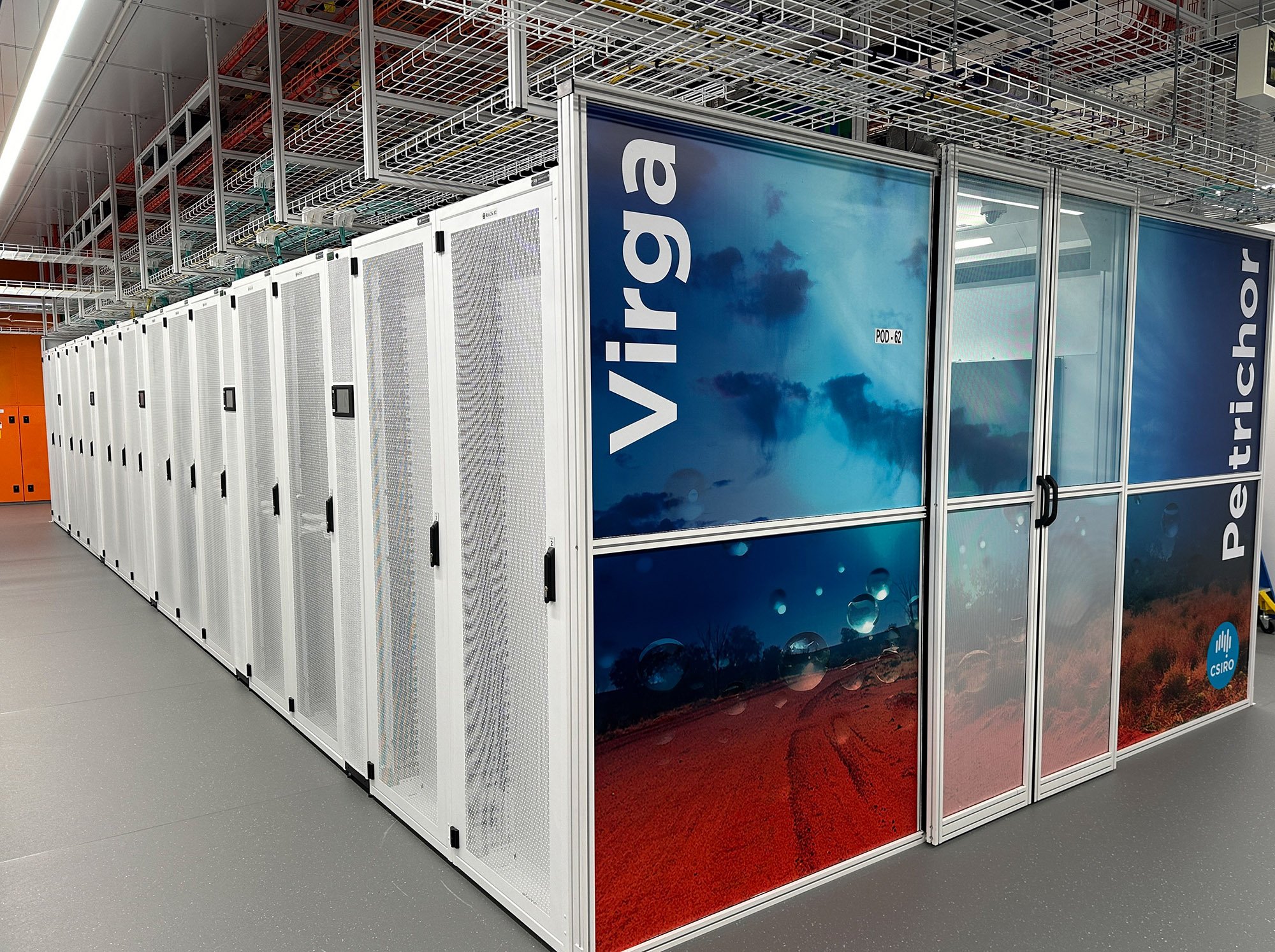The Birth of Australia's Most Powerful Supercomputer: Entering the Top 100 List in the World!
Australia has traditionally not been recognized as a frontrunner in cutting-edge computer technology. However, this perception is set to change with the introduction of Virga, the nation's most powerful supercomputer to date. Ranked #72 on the Top500 list of the world's fastest supercomputers, Virga represents a significant advancement for Australian technology. This new system is expected to dramatically enhance the capabilities of the Commonwealth Scientific and Industrial Research Organisation (CSIRO) in fields requiring extensive computational power, particularly AI and machine learning.
Virga's Specifications and Cost
Despite its impressive capabilities, Virga is considered modest in the realm of global supercomputing, especially when compared to top contenders like the Frontier system. Costing $14.5 million to construct, in collaboration with Dell, Virga is built around Intel's 4th Generation 36-core Xeon processors and equipped with Nvidia H100 GPUs. This setup supports significant but not world-leading computational power, highlighting a strategic investment focused more on utility than breaking performance records.
Computational Power and Performance
Virga boasts 60,000 CPU cores and delivers a Linpack performance of nearly 15 petaflops. While these numbers are far from the staggering 1.2 exaflops of the Frontier, they mark a substantial upgrade from Australia's previous high-performance computing systems, Bracewell and Petrichor. This leap in computing power is crucial for supporting more complex and data-intensive research projects across various scientific disciplines.
Enhancing Scientific Research
The CSIRO has outlined ambitious plans for utilizing Virga to accelerate scientific discoveries across a broad spectrum of disciplines. Projects range from employing AI to analyze MRI scans for faster and more accurate medical diagnoses to supporting initiatives like the National Robotics Strategy. The increased computational capacity of Virga is essential for handling the larger data sets that these advanced projects require.
Virga's Role in Global Competitiveness
By launching Virga, Australia not only upgrades its scientific infrastructure but also positions itself more competitively on the global stage. This move is significant for a country looking to catch up with global leaders in technology and innovation. Virga will likely attract more scientific talent to Australia and could pave the way for the country to play a more influential role in global scientific advancements.
Cooling and Infrastructure Challenges
Installing Virga was no small feat, requiring 50 tons of IT equipment and a sophisticated hybrid direct liquid-cooling system to manage heat generation. This aspect of the supercomputer's setup underscores the physical and logistical challenges associated with operating such powerful computing resources. It also highlights the commitment of CSIRO to sustain this level of technology despite the geographic and climatic challenges in Australia.
Future Prospects and Upgrades
Looking forward, the CSIRO has indicated plans to expand Virga's capabilities further, potentially integrating more advanced technologies and increasing its computational power. Such upgrades will be necessary to keep pace with rapid advancements in supercomputing globally and to ensure that Australia remains at the forefront of research and development in crucial areas such as AI, machine learning, and robotics.

